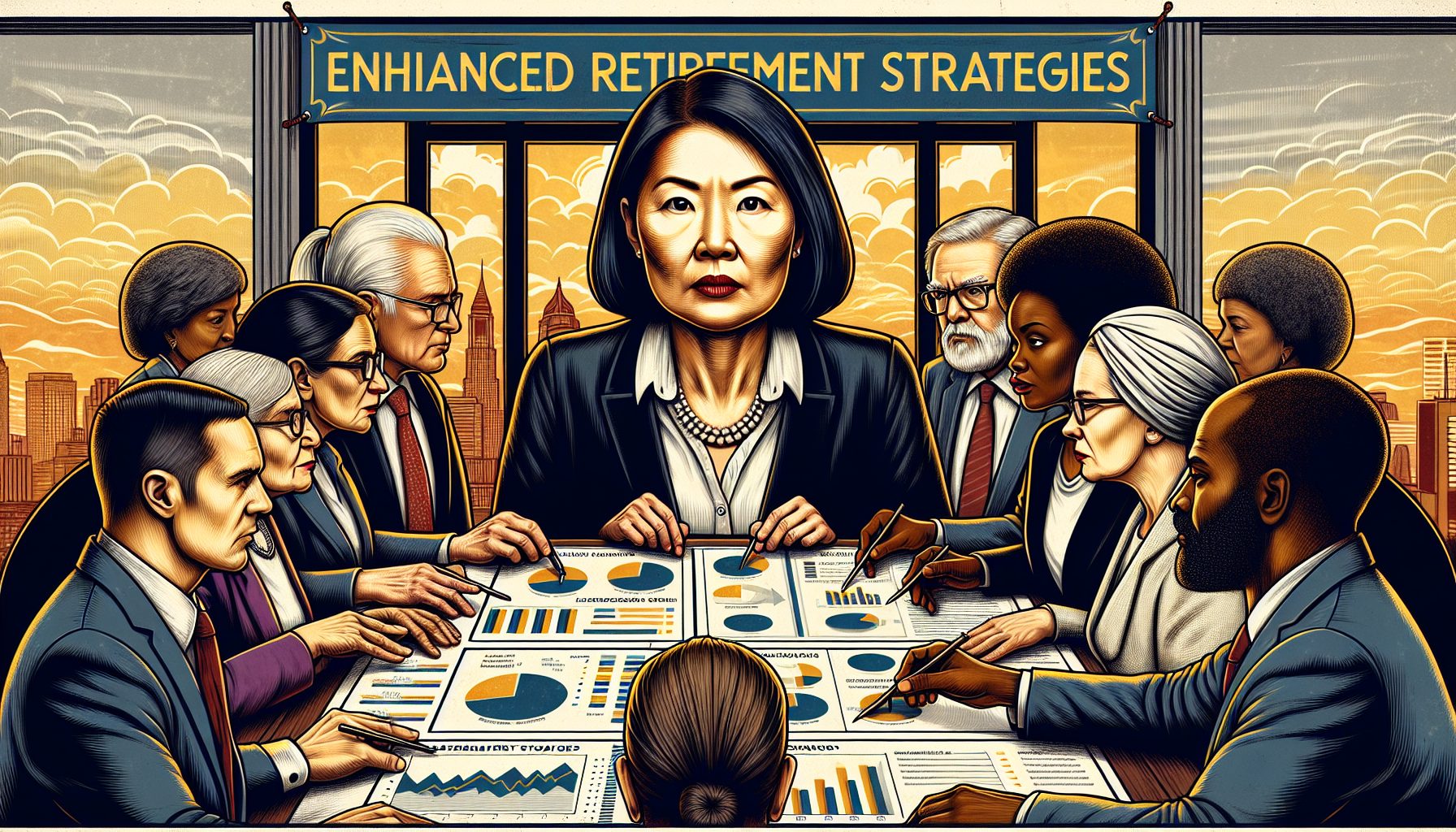Wayne Brunetti, Xcel Energy’s chairman, contends that we cannot possibly get utility crews to climb poles faster. And as a utility company, we’re in the pole-climbing business.
What does that mean for Xcel’s information-technology department? We must be a partner with the business, and help look for other ways to improve efficiency—whether it’s the way we dispatch employees to read meters or send out crews to restore power when wires are down.
At Xcel, we’ve asked our hardware and software suppliers to take on the role of partner as well, helping our company to come up with new ways for our lines of business to perform their work and new types of value for our businesses, customers, shareholders and regulators.
Where did we begin? We’ve asked a select group of companies to serve on a strategic advisory board at Xcel—along with both technology and business executives. This board includes IBM, Xcel’s key technology partner, running applications and providing network, mainframe and desktop support; Indus Software, which schedules assignments for our utility workers; Itron, a provider of meters and the software used to keep track of a customer’s energy usage; SPL WorldGroup, which provides an application we use when responding to outages; and Mercury, with its project management software.
My team asked these companies to evaluate how they could help Xcel improve its operations. They came back with suggestions, but in most cases these ideas reflected each company’s area of expertise and off-the-shelf software and hardware. The ideas didn’t focus on how these companies work together to change our way of doing business, or try something completely new.
We all went back to the drawing board, as partners. And these companies showed they could indeed be partners, not mere service providers.
Consider Itron’s meters. Typically, we would send a worker in a van to drive past houses and other buildings each month with a wireless device that could electronically ping a meter and get a reading on electricity or natural gas usage.
That reading would be used to get a bill out once a month. In that sense, you might describe the meter as a lazy asset. It passively collects data throughout the month and wakes up once every 30 days to talk to us.
To become a driver of business change for Xcel, Itron developed a device that can be mounted on a pole in a neighborhood, and can communicate every five minutes with multiple meters in apartments and other large buildings. That information is then continually transmitted to Xcel.
How will this new initiative, which we expect to roll out in the coming months, help Xcel?
When a customer calls and reports a power outage, we can “call” the meter remotely to see if the problem is inside or outside the home. Ultimately, we see the possibility to have the meter call us—before the customer does—to tell us about a problem in the field.
And we have taken another step: As Itron worked with SPL, they found ways to automatically dispatch a utility worker if the problem is outside the home—the worker who is closest to the site and has the appropriate tools.
Our goal is to detect problems in our system and respond much faster, while avoiding service calls where the problem turns out to be a customer’s circuit breaker. Bottom line: We’ll eliminate the guesswork in assigning service calls, while improving response times where our crews are needed.
We expect these changes to save millions of dollars in the years ahead while also fostering a new spirit of creativity in our company. We’re seeing a major buy-in from our field crews and new ideas coming from their ranks.
When your approach is to collaboratively drive change with the business and not just take orders, you stand to get innovation.
—Written with Anna Maria Virzi








